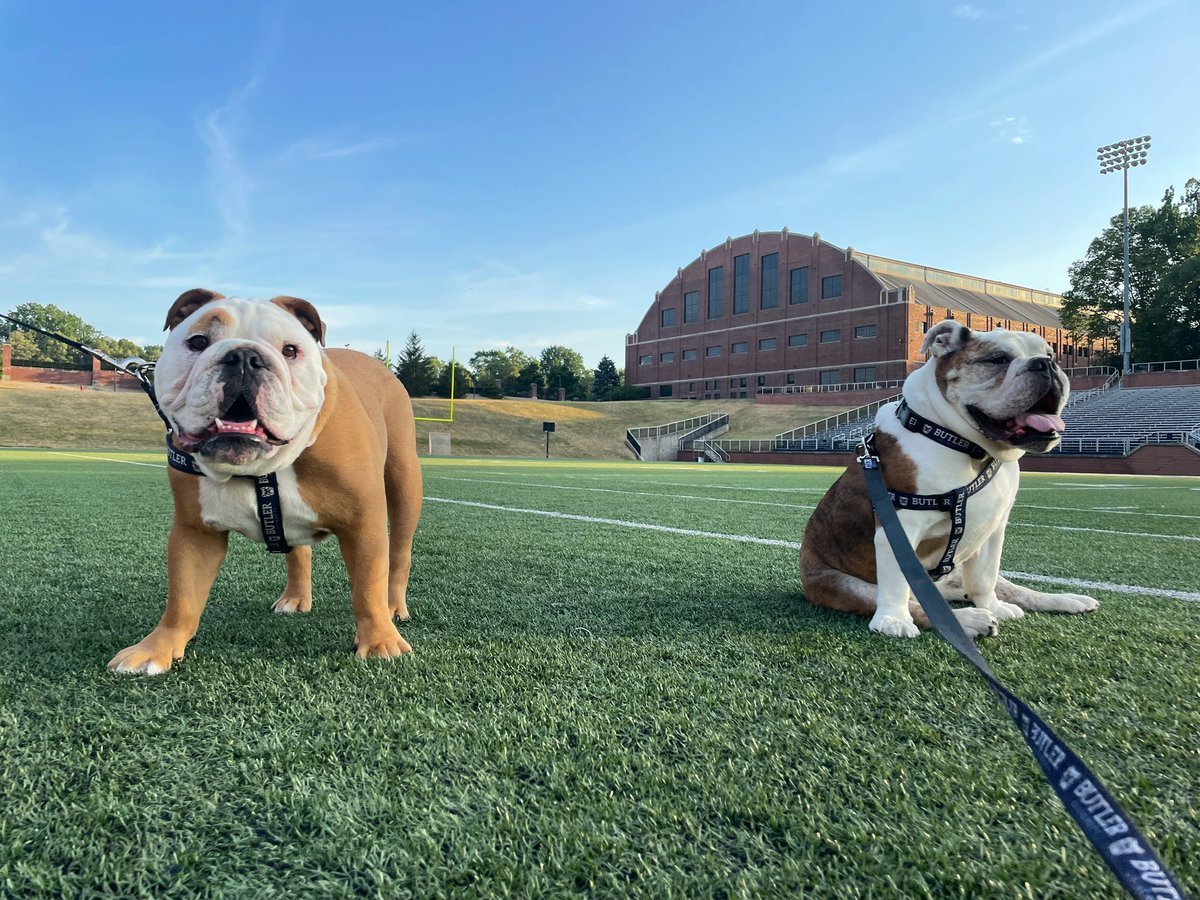We humans have always admired the bear’s brute strength, the cat’s stealthy pounce, the eagle’s splitting clouds we rarely touch.
During the Paleolithic Age, hunters summoned the minds and spirits of the beasts that gave them sustenance. Cave paintings and other rituals reflected attempts to absorb the life force of animals to assure successful hunts. Later, warring bands, fraternal organizations and sports teams adopted mascots as unique symbols of strength and vitality.
The word “mascot” originated in the 1860s from the French “mascotto,” meaning witch, fairy or sorcerer. Sometime between the middle ages and today, humanity flipped from reviling witches to venerating them as “lucky charms” sure to empower their cause celebre.
Though a mascot can be a person or thing, it is most often an animal. Sometimes the animal is played by a person as was the case with the San Diego Chicken (since retired). Since the late 19th century, live animals have increasingly been used. A team photo of the 1888 St. Louis Browns, for example, shows a uniformed boy flanked by two dogs. The trio was credited for being part of a team dubbed the “World Beaters.”
Mascots are big business for professional team owners and universities. Their signature antics draw and entertain crowds and boost sales of apparel and banners, especially when plastered with the likeness of an adored animal.
Beyond ringing cash registers and capturing the hearts of the faithful, some mascots bring residual benefits no one imagined.
Shelved in the 1970’s, the live mascot program at Butler University in Indianapolis was revived in 2000 thanks to Michael Kaltenmark, Butler’s head of external relations. Kaltenmark had served as handler and proud papa to three generations of English bulldogs named “Butler Blue.” Many fans attest Butler’s “final four” basketball appearances in 2010 and 2011 to the presence of the Butler Blue dog.
In 2018, Kaltenmark was rocked by news of looming mortality unless he received a new kidney. Two older brothers offered to be donors, but doctors encouraged Kaltenmark to expand his potential donor pool. Within hours, thousands of strangers responded to his social media plea for donors. In an episode of the Netflix series, Dogs, Kaltenmark, directly attributed the heartfelt outpouring and sincere donor offers to Butler Blue III’s popularity: “People answered the call beyond my wildest imagination,” Kaltenmark said, choking back tears. “I don’t know that people really wanted to give me a kidney, I think they were coming forward because, in some way, they were helping the dog.”
In a moving, center court ceremony in 2021, Butler Blue III’s collar was passed to the fledgling Butler Blue IV. Simultaneously, Kaltenmark passed the handler’s leash to his long-time protege, Evan Krauss. Blue IV was welcomed into Krauss’ family just as Kaltenmark had done for the previous three Blues.
The care and feeding of live animal mascots is often supported by fan donations. Domesticated pet mascots find loving homes with an organization’s staff members or volunteers. Handling larger, wild animal mascots can get tricky, however. During a pre-game meet and greet at the 2019 Sugar Bowl, Bevo, the Texas’ Longhorns’ steer, charged Uga, the unsuspecting Georgia bulldog, nearly goring a few humans in the process.
People for the Ethical Treatment of Animals (PETA) vehemently opposes the use of animal mascots, especially larger predators: “Even in the best circumstances, subjecting animals to a busy university environment and forcing them into close proximity to crowds of people day in and day out is stressful and cruel,” PETA wrote in a post.
Michael Lewis, professor of marketing at Emory University in Atlanta, told CNN that the tide against the use of live animal mascots is rising in proportion to growing consciousness about the rights of animals. Concessions are made for dogs, however, “because they’re domesticated.”
Dogs that are well-tempered, trained and loved for life may suit up as mascots. Better to let the Longhorn steer and hulking bison graze the prairies in peace.

